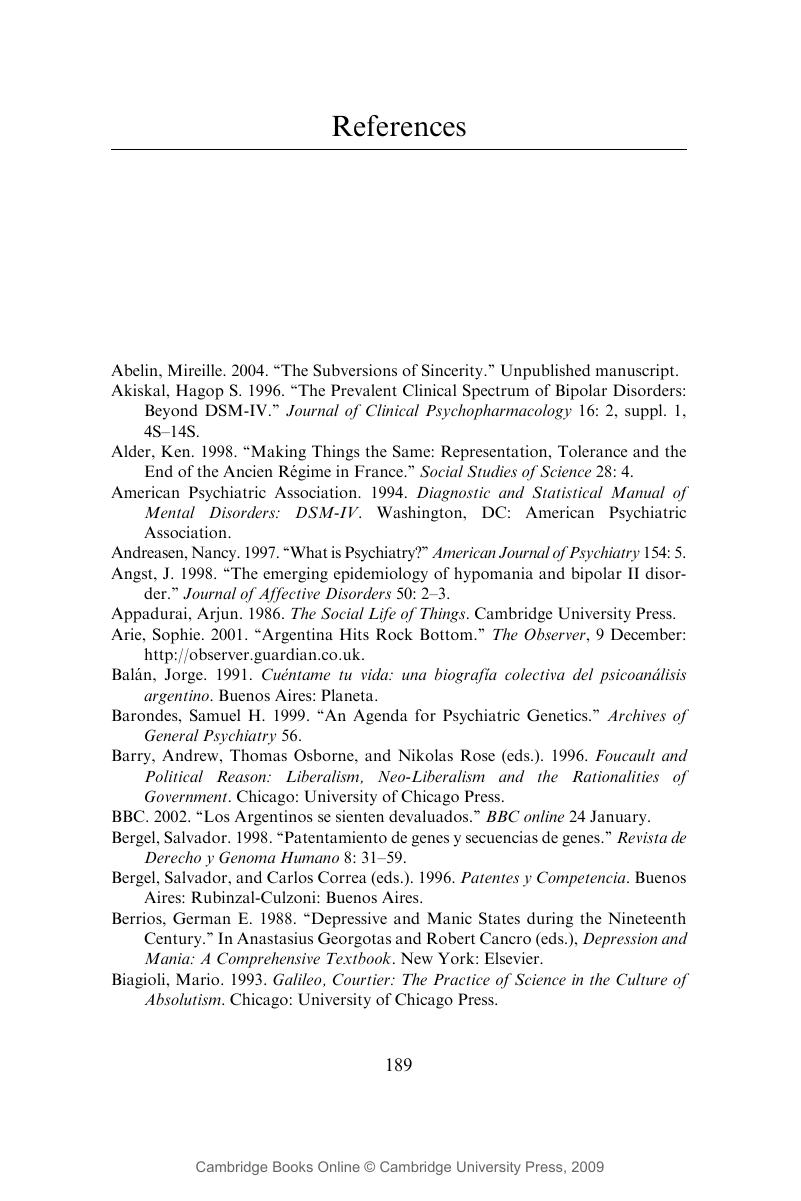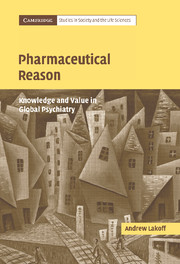References
Published online by Cambridge University Press: 22 September 2009
Summary

Information
- Type
- Chapter
- Information
- Pharmaceutical ReasonKnowledge and Value in Global Psychiatry, pp. 189 - 199Publisher: Cambridge University PressPrint publication year: 2006
